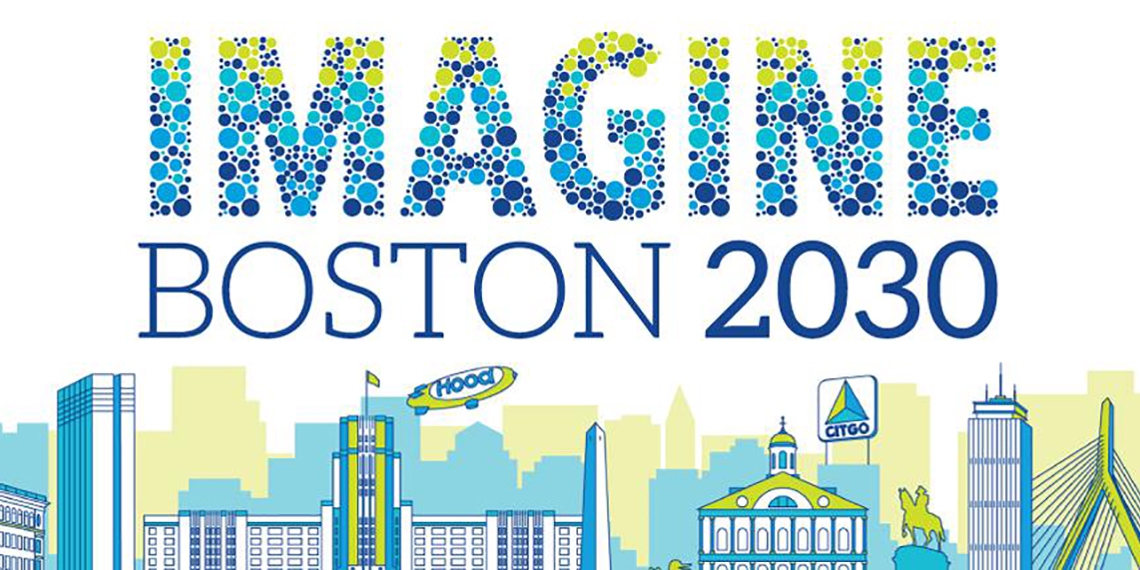
- On July 25, 2017
- In People, Advocacy, Affordable Housing
Housing Boston 2030: Where We Stand & What’s Next
As we discussed in a recent blog post, local and national policy stands to significantly shape the future of affordable housing in Greater Boston. The ability – or inability – to successfully lower living costs and preserve accessibility for all residents will largely determine the socioeconomic and cultural fabric of our city as it continues to grow. Last week, Boston Mayor Martin J. Walsh released a quarterly report highlighting the administration’s progress on creating reduced-rate housing for low and middle-income households. The report provides an update on the housing component of Imagine Boston 2030, the Mayor’s long-term urban renewal and development plan. One of the biggest takeaways is that the administration is well on its way to generating thousands of new housing units by 2030. Here’s a breakdown on what’s been promised and accomplished, as well as what’s to come. What’s been promised: In order to stabilize rent prices, relieve market pressure and accommodate population growth, Imagine Boston 2030 has prioritized the production of 53,000 residential units by 2030. Of this stock, the city intends to reserve 6,500 units for low-income households and 20,000 units for middle-income earners and families. It is also evaluating how to retain pre-existing inventory, aiming to preserve almost 30,000 reduced-rate units at risk of losing their affordable designation. To achieve these objectives, the city has implemented a number of initiatives designed to stimulate affordable housing development, funding and availability. Such programs include the Acquisition Opportunity Program, a loan and tax-relief platform that helps investors and building owners finance socioeconomically inclusive properties; the Inclusionary Development Policy (IDP), a stipulation requiring developers to either incorporate low-cost residential units into new constructions or contribute funds to affordable housing programs; linkage payments; and density bonuses, which permit developers to construct denser buildings, in exchange for the incorporation of reduced-rate units. What’s been accomplished: With the implementation of the above mechanisms, there has been an estimated increase of $30 million per year for the development of affordable housing. This dramatic increase in resources has resulted in a 20-year record for the number of residential units permitted in a given quarter (April to June 2017), with 1,684 approved. Out of those units, 120 have been allocated for low-income households and 452 were set aside for middle-income housing. To date, the administration has permitted 3,100 low-income housing units, with 369 reserved for homeless individuals and families, and 6,926 residences for middle-income households. In November 2017, Boston residents approved a 1% surcharge over real property that will generate approximately $20 million annually, some of which will be designated for affordable housing development. What’s to come: Although the Mayor has made significant strides to lower residential costs and provide alternative housing opportunities, the uncertainty of local and national policy may affect the future of affordable housing. When asked about the possibility of a market slowdown, IBA CEO Vanessa Calderón-Rosado recently remarked in The Boston Globe that, further down the line, a decline in Boston’s development boom may result in decreased funding for low and middle-income housing. The city may also face the challenge of preserving accessibility in gentrifying neighborhoods, such as the South End, Downtown and Chinatown, as luxury developers frequently opt to contribute funds to affordable housing programs, rather than implement reduced-rate units onsite at new developments. As the future of affordable housing takes shape, we will continue to advocate for policies that promote inclusivity and seek opportunities to preserve the vibrancy of Greater Boston communities. We are proud to be working to develop housing opportunities for low-income households and minority residents in Boston. For more information on how you can support IBA, please visit our page: /donate/...
